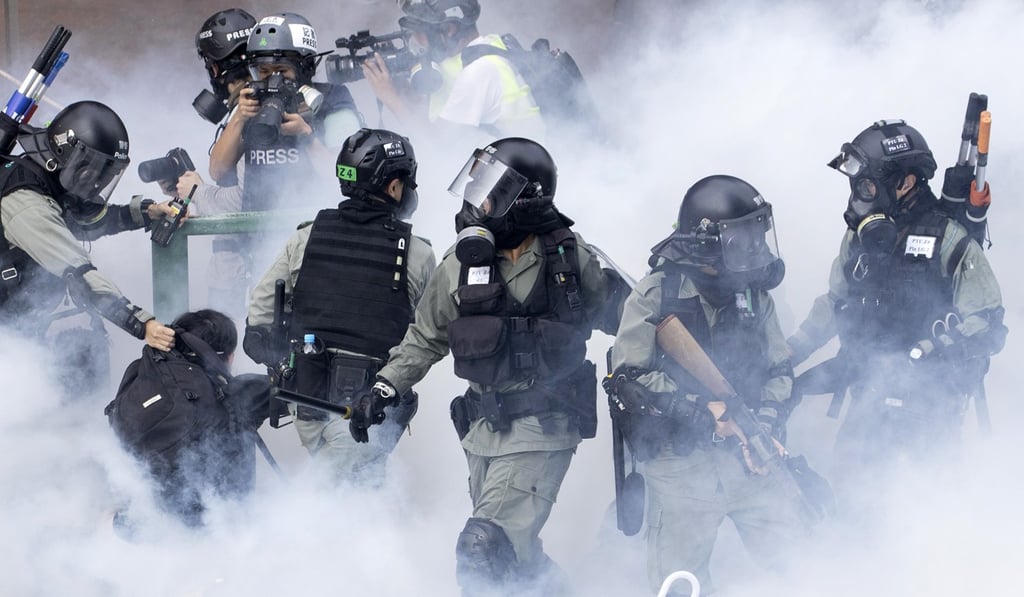Dangerous chemicals missing from laboratories of Hong Kong’s universities could threaten public safety, officials and experts warn after campus clashes
- Three universities have reported to police that chemicals were stolen from their campuses amid intense clashes
- Experts warn that toxic compounds could be hazardous to both public and police if in the wrong hands

Dangerous chemicals missing from the laboratories of Hong Kong’s universities amid campus clashes between police and anti-government protesters could pose a threat to public safety, officials and experts have warned.
Police on Monday even described university grounds as “powder kegs” with unthinkable risks as the chemicals – thought to be stolen by radicals – were toxic and corrosive.
Campuses citywide have become war zones in the past week as clashes between students and officers intensified. So far, three institutions – Chinese University (CUHK), Polytechnic University (PolyU) and City University (CityU) – have reported to police that chemicals were stolen from their laboratories.
Among these, the most poisonous would be zinc cyanide and sodium arsenite, according to Kenneth Kwong Si-san, a former lecturer from CUHK, who is now a star tutor at the Modern Education tutoring centre. Kwong said the two compounds were basically a variation of cyanide and arsenite, often stored in small amounts in laboratories and used as catalysts in chemical reactions.
While physical contact with the two substances, which exist in powder form, may not pose any major risk, they can be deadly if they enter a person’s eye or mouth.
